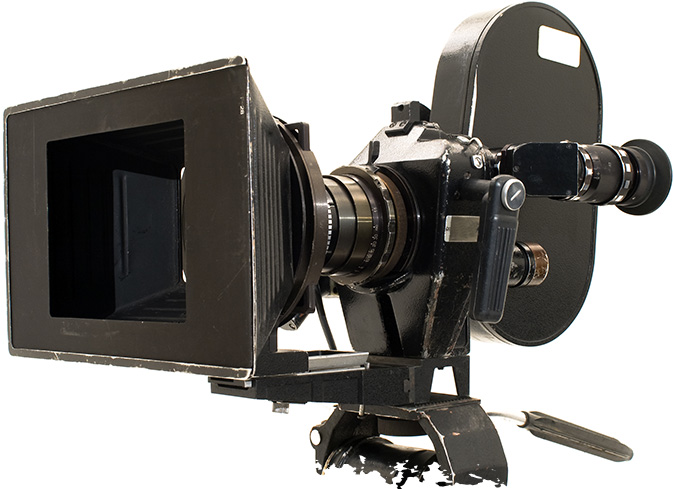
Melt fat in 4 weeks with this training routine
In this new feature for Fit For Films we are going to post up some free example training protocols that we would use with clients to maximise body composition results, starting with Death Circuits.
The thing I love about this routine is that it is simple, fast and highly effective. If you train with others it can be performed as a pair or in a group setting.
There are a few simple rules to follow:
1. 4 exercises performed as a circuit.
- Exercise 1 is a quad dominant movement
- Exercise 2 is a back dominant movement
- Exercise 3 is a Hamstring dominant movement
- Exercise 4 is a Chest/Shoulder dominant movement
2. Choose compound movements.
3. Movements should be Bi-lateral (not single leg/arm movements).
4. Perform in a stable environment.
By following these rules you will enhance the growth hormone response, and more growth hormone means better fat loss results.
There are a variety of ways you can manipulate the reps and rest periods to change this routine, but we are going to stick with a classic method, whereby you complete 3-5 sets of 12 reps with a 60sec rest between sets.
Example Death Circuits Protocol
Order | Exercise | Reps | Sets | Tempo | Rest
- A1 | Barbell Back Squat | 12 | 3-5 | 4010 | 60
- A2 | Pronated Grip Chin / Pulldown | 12 | 3-5 | 4010 | 60
- A3 | Barbell Deadlift | 12 | 3-5 | 4010 | 60
- A4 | Incline Dumbbell Chest Press | 12 | 3-5 | 4010 | 60
Do this no more than 3 x per week, making slight variations on the exercises you perform, e.g. change the barbell squat to a leg press or change the grip of the chin up or angle of the chest press.
Perform 3 sets on week 1 and increase one set per week until week three then drop to 3 sets again on week 4 to help deload the body before moving on to your next phase of training.
- Week 1 the workout should take 24mins
- Week 2 the workout should take 32mins
- Week 3 the workout should take 40mins
- Week 4 the workout should take 24mins
If you have a little more time post death circuits you can throw in some low-level steady state cardio such as walking, and make sure you stretch out between workouts as well.
















